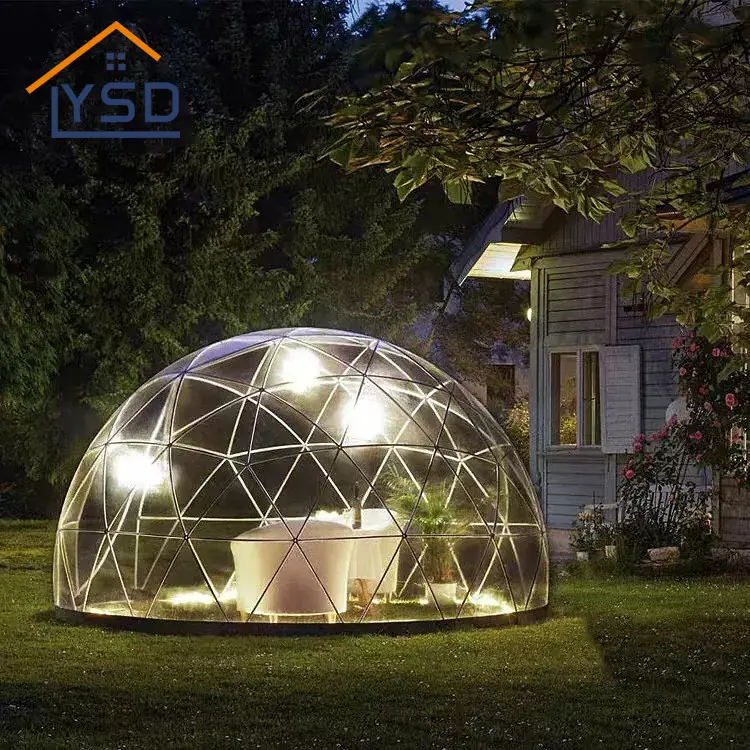Waar kunnen TPU -transparante tenten worden gebruikt?
2025-04-29
With its unique material properties and functional advantages, TPU transparent tents are showing wide application prospects in many fields. TPU (thermoplastic polyurethane) materials have high transparency, toughness and weather resistance, can maintain structural stability in extreme climates, and have excellent tear resistance and waterproof properties, which makes transparent tents an ideal choice for outdoor activities.
In camping or outdoor adventures, TPU transparent tents can not only withstand wind and rain, but also allow users to immerse themselves in natural landscapes due to their fully transparent design. For example, stargazers can enjoy the night sky unobstructed through the top of the tent without being exposed to the cold or mosquito-infested environment. In addition, the material has good UV protection, which ensures light transmittance and reduces sun damage, so that the interior of the tent maintains a suitable temperature during the day.
In the commercial and public fields, TPU transparent tents are also favored for their flexibility and aesthetics. For example, high-end brand pop-up stores often use them as temporary display spaces, and the transparent visual effect can intuitively convey product information while attracting pedestrians to stop.
In emergency scenarios, TPU transparent tents can be quickly set up as temporary medical stations or disaster relief command centers, and their wind and rainproof properties provide safety protection for emergency rescue. There are also innovative applications in the agricultural field. Some greenhouses use TPU materials to replace traditional plastic films, which promote crop growth with higher light transmittance and durability, while reducing maintenance costs. It is worth mentioning that the recyclability of TPU materials is in line with environmental protection trends, and the lightweight design is easy to transport and assemble, further expanding its application boundaries.
With the iteration of technology, TPU transparent tents may be combined with intelligent equipment in the future, such as integrating solar photovoltaic films to achieve energy self-sufficiency, or embedding dimming coatings to dynamically control light transmittance, thereby creating more possibilities in the fields of eco-tourism, scientific research and investigation.





